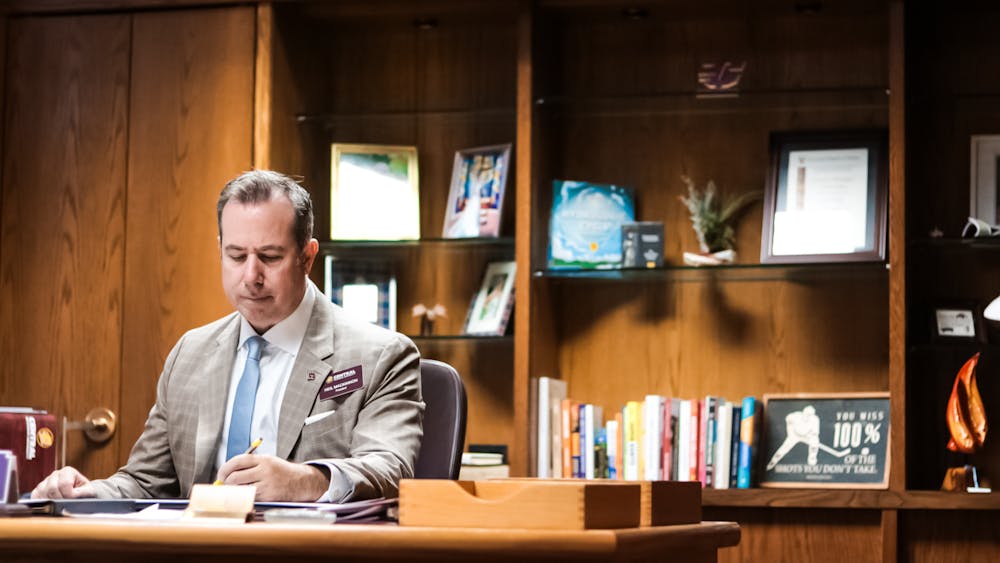LETTER TO THE EDITOR: We can all help restore the Saginaw River back to its former beauty
TO THE EDITOR:
Each semester students taking Intro to Outdoor Recreation, RPL 216, are divided into action teams to address specific environmental issues and work towards improving them throughout the semester.
My action team’s focus is the Saginaw River and Bay area of concern. Locations designated as areas of concern are suffering from environmental damage and are in need of restoration efforts. This program was created to improve and restore these damaged ecosystems called the Great Lakes Areas of Concern.
We spoke to John Riley, a Michigan Department of Environmental Quality Area of Concern coordinator, to learn more about the areas of concern program, specifically the Saginaw River and Bay.
We want to share what we’ve learned.
The Great Lakes Areas of Concern program was created in 1987 under the Great Lakes Quality Agreement between the United States and Canada. This program is not a legally binding agreement. It states that Canadian and U.S. states bordering the Great Lakes will develop laws and programs to address these areas of concern. As such, the DEQ works with other state and local groups.
Unfortunately, volunteers do not have the resources or time to totally clean up and restore these areas of concern to their former state. This is the case for the Saginaw River and Bay. The areas are polluted by polychlorinated biphenyls (PCBs), chemicals used in coolant systems that are extremely harmful to humans and animals, from General Motors and dioxins from DOW Chemical. This adds to the fact the Saginaw River also contains contaminated sediments.
The removal and disposal of these contaminants is expensive and time consuming. Luckily, the river and bay area are an EPA superfund site and funding from the federal government is allocated for cleanup efforts, but the program is currently working on the Tittabawassee River, upstream from Saginaw City. This means the cleanup has not yet reached the Saginaw River and it will likely be years before all the pollutants are removed and the Saginaw River is unlisted as an area of concern.
The current projection for cleanup is 2020.
This isn’t to say there’s been no progress made on the area. When the site was originally listed as an area of concern, 12 detrimental changes in the chemical, physical, or biological integrity of the Great Lakes system were found. Since cleanup efforts began in 1987, three of the 12 detrimental changes have been restored.
These changes include the taste and odor of the water, loss of fish and wildlife habitat and tainting of fish and wildlife flavor.
Another encouraging area of progress is the sources of pollution have been contained and stopped, so it’s unlikely the river will get worse. Areas around Saginaw River and Bay, Deer Lake and White Lake, have been unlisted since the program began. There is hope.
We plan on passing out informational fliers about volunteer groups before the end of the semester, but we do not have a date yet. If you see us on campus be sure to stop by and learn about ways you can help and support these efforts. In the meantime, we encourage you to write to your Congressional Representative, our two Senators and the EPA to tell them why this effort needs more funding.
We strongly encourage you to volunteer and if you are inclined, we suggest contacting the Friends of the Shiawassee River. They have multiple different volunteer efforts, like physically participating in the cleanup process, attending fundraisers and they have information sessions. The Partnership of the Saginaw Bay Watershed holds monthly board meetings which are open to the public, where they discuss the restoration of the River and Bay Area.
We hope everyone will help to improve our state’s natural beauty and health.
Grace Watylyk
Chicago sophomore







